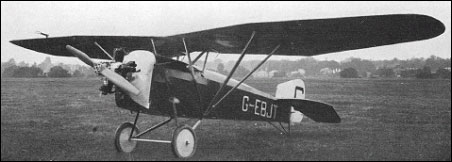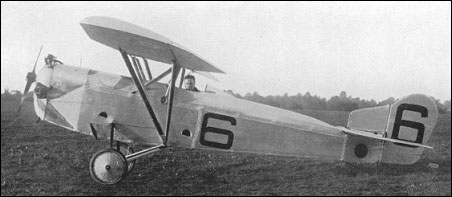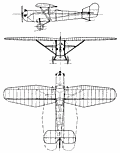 |
Westland Widgeon1924 |  |
| TWO-SEAT LIGHT HIGH-WING MONOPLANE | Virtual Aircraft Museum / United Kingdom / Westland |
 |
The Widgeon was the first high-wing monoplane to be built by Westland, and was the first of a basic series which led eventually to the famous Lysander monoplane. The design originated as the result of a discussion regarding the relative merits of a biplane or a monoplane, to be entered in the Air Ministry's Light Aeroplane Competition of 1924, and as both types had promising points in their favour it was decided to build one of each. Originally intended to be powered with a twin-cylinder Bristol Cherub engine, the Widgeon was eventually flight-tested with a three-cylinder Blackburne Thrush engine. At the Competition trials, held at Lympne in the autumn of 1924, the machine was flown by Captain Winstanley, but was unluckily wrecked by a down-current on its first circuit of the course. Undismayed by this set-back the Westland design team, realising that the Widgeon was underpowered, had it rebuilt and fitted with the more powerful Armstrong Siddeley Genet engine, a five-cylinder radial of 70hp. The results of the competition, incidentally, proved that engines in the 30-40hp class were quite unsuitable for two-seat light aeroplanes. With the new engine installation the machine became known as Mark II of the series, and was used by Westland for full-scale tests of various theories connected with monoplane design. In the late twenties the Widgeon Mark II took part in many sporting flying events, eventually becoming the property of Dr. Whitehead-Reid, of Canterbury. A.H.Lukins "The Book of Westland Aircraft", 1943
|  COMPANY PROFILE | |||||||||||||||||||||||||||||||||||||||||||||||||
 |

|


